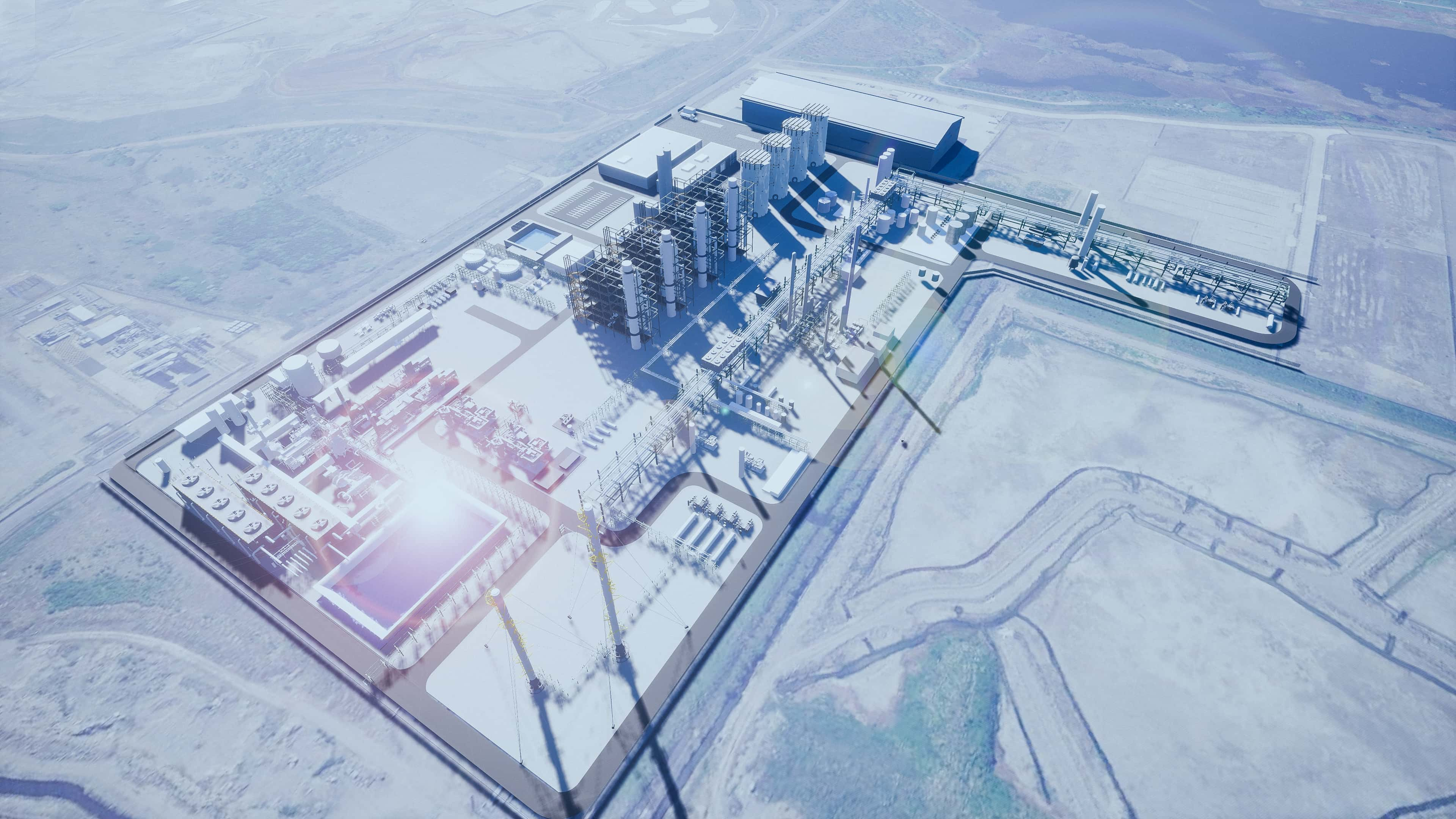SCROLL DOWN

Lighthouse Green Fuels Project
The UK Government's Department for Transport (DfT) confirmed a 10% target for sustainable aviation fuel (SAF) uptake by 2030 under its Jet Zero Strategy. Based on 2019 data, this is equivalent to 1.2 million tons of SAF per annum.
Our Lighthouse Green Fuels project in Teesside, UK, is a green fuel refinery which will convert non- recyclable waste materials into SAF. Brownfield sites will be transformed into the new LGF renewable fuel refinery. The existing sites are fully connected to the grid and feature established utility connections (such as oxygen, natural gas, water etc...). The Teesside sites were acquired by Alfanar in 2018 as part of our expansion into green fuels projects.
Our LGF plant will process over 1,000,000 tonnes per annum (tpa) of incoming raw waste and produce over 125,000 tpa of SAF and over 30,000 tpa of green naphtha. Raw waste will be processed into approximately 165 million litres of SAF every year. SRF feedstock is gasified into a hydrogen and carbon monoxide rich synthesis gas (“syngas”). Crude syngas from the gasifiers is sent through several cleanup steps to remove particulate matter, ash, acid gas species and other minor contaminants. The resultant ultra clean syngas is converted into long-chain hydrocarbon waxes in the Fischer Tropsch (FT) reactor. Waxes are then directed to the on-site hydrocracker and fractionation units to produce the final SAF and naphtha fuels. The resultant SAF is an ASTM certified “drop in” fuel. SAF produced via our process is called Fischer Tropsch Synthetic Paraffinic Kerosene (FT-SPK).
The LGF plant is fully carbon capture and storage (CCS) enabled. The core LGF plant design must remove CO2 from the syngas stream for the FT synthesis reaction to occur efficiently. The resultant CO2 stream is high-purity and ideal for sequestration. Moreover, we intend to maximize CCS by capturing CO2 emissions from our on-site integrated power plant and sending them to permanent storage. Capturing and permanently storing CO2 reduces the carbon intensity (C.I.) of our fuels – hence we will capture as much CO2 as possible.
The SAF generated by the LGF process achieves greenhouse gas (GHG) emissions savings of up to 80% compared to comparative fossil fuel derived kerosene. When coupled with CCS the LGF process produces SAF with over 150% lower C.I. compared to conventional kerosene – representing significant negative emissions.
Aviation Industry
Teesside, United Kingdom



